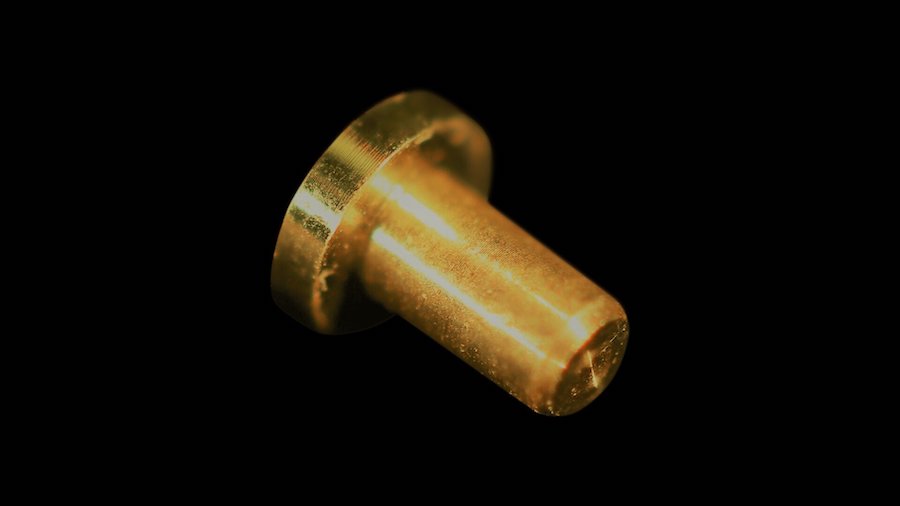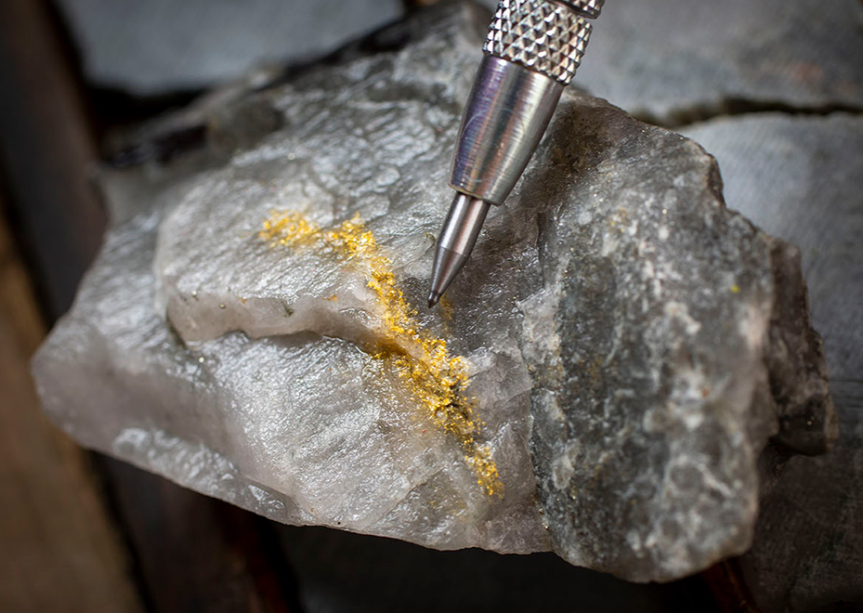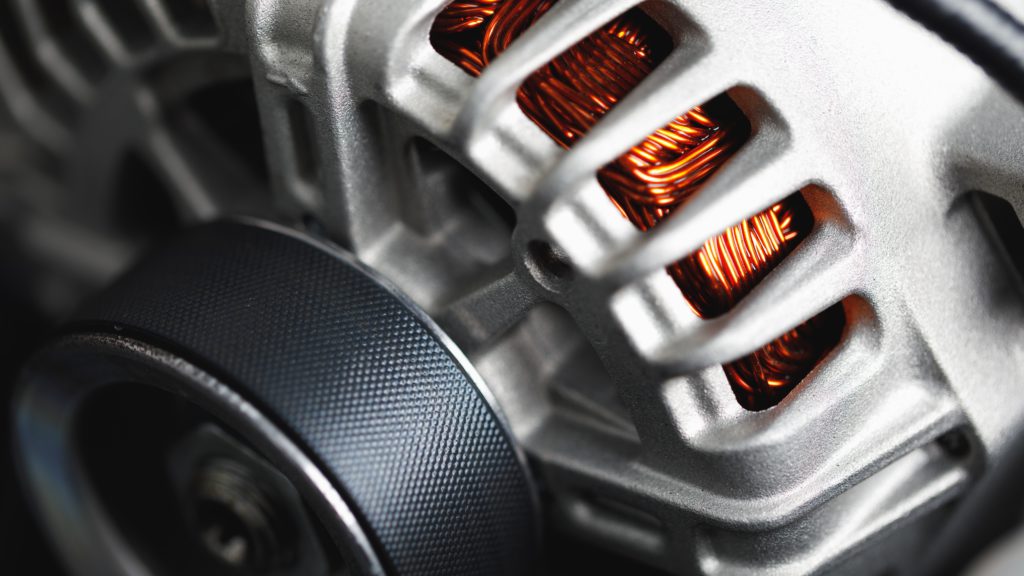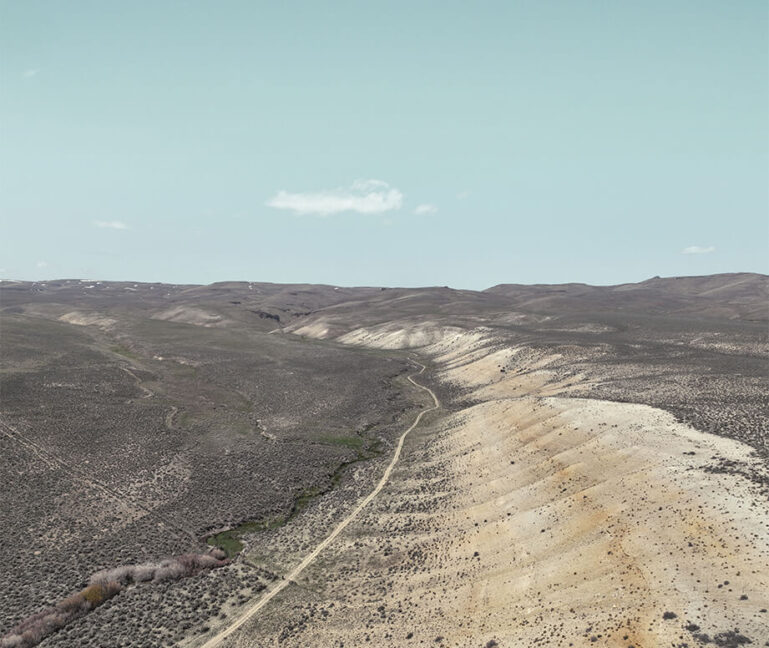BHP loses appeal to multibillion lawsuit over Samarco disaster
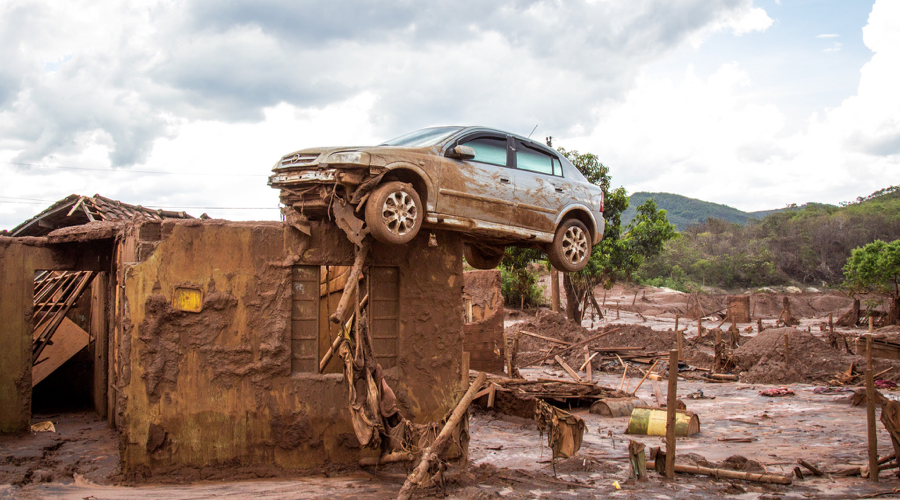

BHP tried stopping the suit from proceeding in London, but Friday’s verdict overturned previous judgments, by ruling the case can be heard in English courts.
“The days of huge corporations doing what they want in countries on the other side of the world and getting away with it are over,” said Tom Goodhead, managing partner of law firm PGMBM, which represents Brazilian individuals, businesses, churches, municipalities and indigenous people. In total, 3,400 indigenous people were affected by the disaster.
The Samarco Fundão dam burst in November 2015 released 39.2 million cubic meters of tailings waste into the Rio Doce Basin, killing 19 people. It was Brazil’s worst environmental disaster.
Samarco, a joint venture between BHP and Vale (NYSE: VALE), was shuttered for five years. During that time, BHP and Vale focused on reparations, compensations, and clean-up efforts.
They also faced several lawsuits and site inspections until the miner was ready to safely reopen Mariana Complex in December 2020.
Lawsuits continued to pile up, including the group action, which was initially blocked by both the High Court and the Court of Appeal for being “irredeemably unmanageable”.
BHP said Friday’s judgment was a decision about jurisdiction and not related to the merits of the claim. It noted it remains “concerned” with the preliminary question of whether the group action can continue against the company in the United Kingdom.
“BHP Brasil remains committed to continue supporting the local remediation efforts in Brazil through the Renova Foundation,” it said. “Those efforts have already provided BRL9.8 billion (~$1.8bn) in compensation and direct financial aid in relation to the dam failure to over 376,000 people.”
BHP and Vale set up the Renova Foundation in 2016 with Vale to carry out repair and compensation work.
The mining giant also said it would consider a Supreme Court appeal.
This post has been syndicated from a third-party source. View the original article here.

